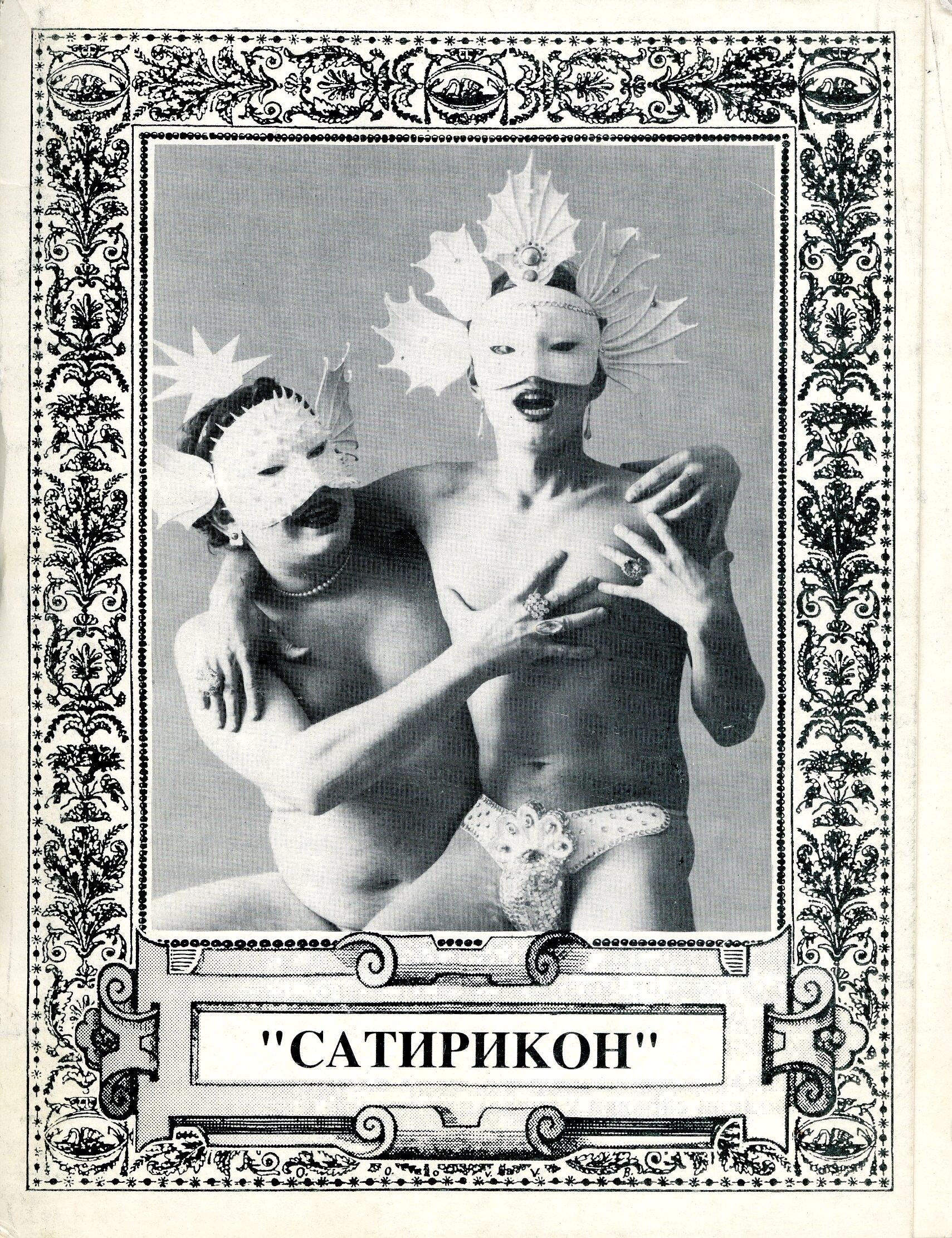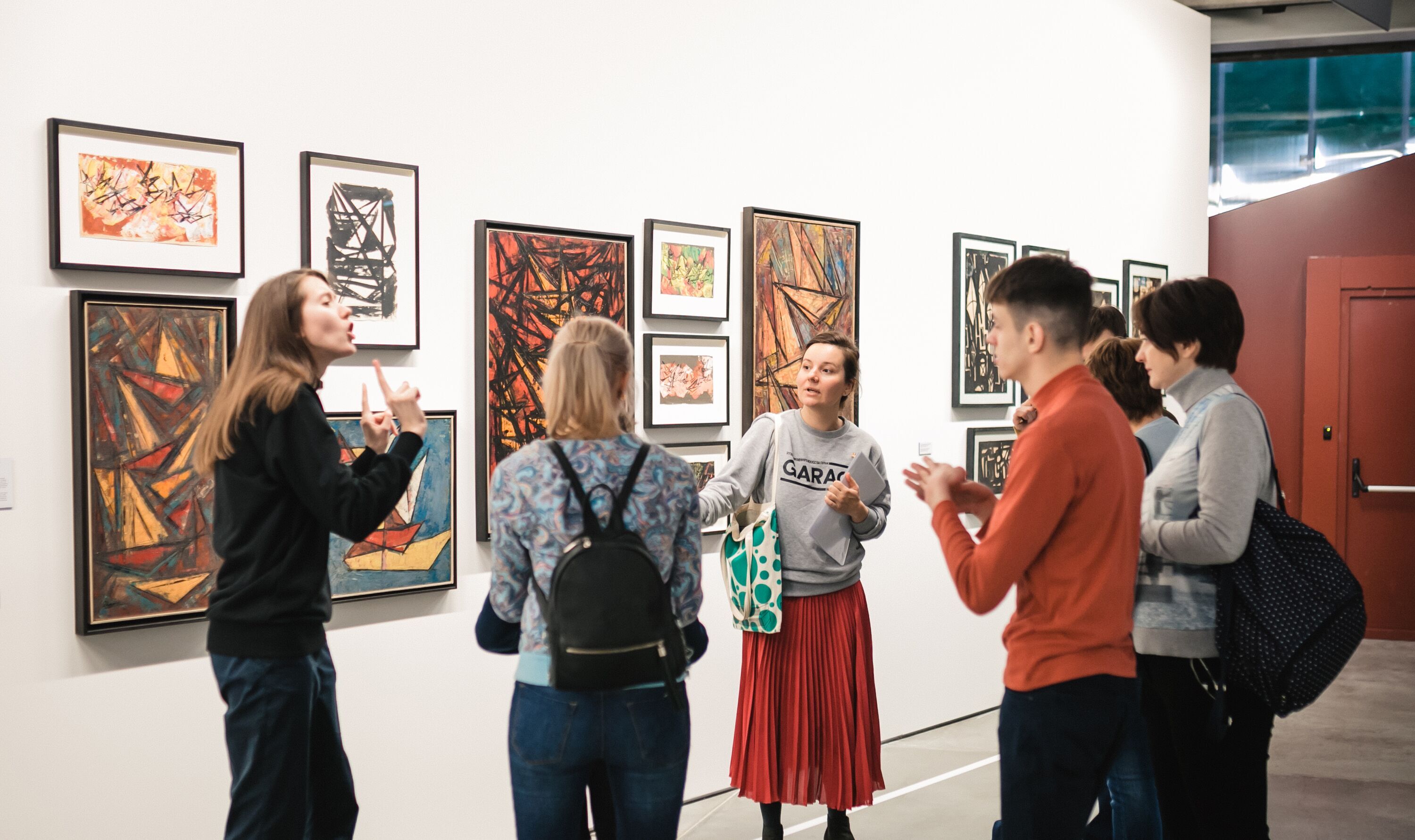Articles by keyword "identity"
Queer art in Russia is not a well-defined movement with striking protagonists, clear manifestos, and paradigmatic works. The queer theme in the local art context is represented in the form of a ‘twinkling’ image and, with rare exceptions, reflected in scattered works and texts by individual artists. What allows a researcher to define these artworks as queer works? What understanding of ‘queer’ should art historians rely on, considering the instability of the concept and its slipping away from any clear-cut definitions?
The essay reflects on the development of new social roles and, as a result, new identity aspects by deaf visitors of Garage Museum of Contemporary Art, in the period from 2016 to 2020. Based on her personal experience of working in the inclusion department of Garage and on unstructured interviews with deaf individuals, the author analyzes the process of rethinking deafness as the key factor that shapes their identity. By examining a series of examples of deaf people acquiring new social roles within the art institution, she looks for interconnections with their personal sense of self.




